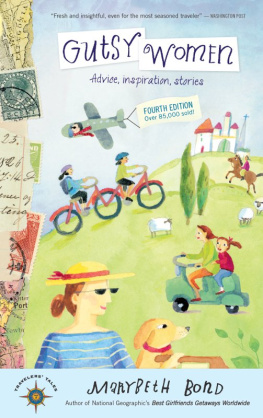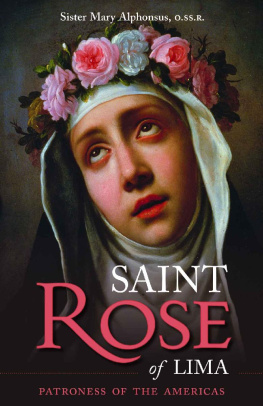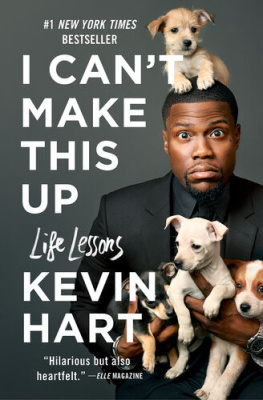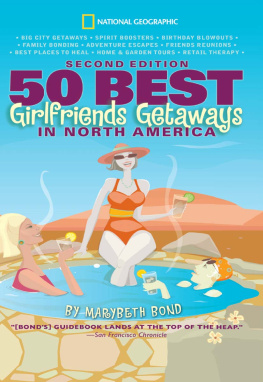Building Playgrounds, Engaging Communities
BUILDING
PLAYGROUNDS,
ENGAGING
COMMUNITIES
Creating Safe and Happy Places for Children
Marybeth Lima
Published by Louisiana State University Press
Copyright 2013 by Louisiana State University Press
All rights reserved
Manufactured in the United States of America
First printing
Designer: Michelle A. Neustrom
Typeface: Museo Slab
Printer: McNaughton & Gunn, Inc.
Binder: Dekker Bookbinding
Library of Congress Cataloging-in-Publication Data
Lima, Marybeth, 1965
Building playgrounds, engaging communities : creating safe and happy places for children / Marybeth Lima.
pages cm
Includes bibliographical references and index.
ISBN 978-0-8071-4980-5 (cloth : alk. paper)ISBN 978-0-8071-4981-2 (pdf)ISBN 978-0-8071-4982-9 (epub)ISBN 978-0-8071-4983-6 (mobi) 1. PlaygroundsSocial aspects. 2. PlaygroundsDesign and construction. I. Title.
LB3251.L55 2013
796.068dc23
2012027902
The paper in this book meets the guidelines for permanence and durability of the Committee on Production Guidelines for Book Longevity of the Council on Library Resources.

This book took a considerable amount of thought and represents the best of my heart. I thus dedicate it to the person who has stood with me and by me, head to head, heart to heart, and soul to soul since June 19, 1992: Lynn Erin Hathaway.
CONTENTS
PROLOGUE
I am a professor in biological and agricultural engineering at Louisiana State University, and I have the best job on the planet. I came to Louisiana in the fall of 1996, in the middle of a U.S. Senate race that pitted Mary Landrieu against Woody Jenkins. The charged campaign, narrow victory by Landrieu, and ensuing furor over alleged election fraud introduced me to Louisiana politics and colorful characters from the start.
My beginnings at LSU were far less charged, but for me, just as interesting. I have been conducting research and teaching classes in biological engineering since that fall of 1996. I came to Louisiana by way of Columbus, ohio, and ohio State University, and with me I brought a huge dose of earnestness (Midwesterners have the market cornered on earnestness) and a burning desire to transform engineering education from the production of highly skilled barbarians to the creation of holistic problem solvers.
In the spring of 1997, I was assigned to teach a first-year biological engineering design course. My initial goal was to have students work in groups to design something real that they would find interesting. This goal led me to the use of service-learning, a method of teaching in which students master their learning objectives by working with a community partner to address a critical community need. A committed group of people on and off the LSU campus helped me develop an idea to focus on public school playground design for this course, and to involve the community and their expertise in the design process. This collaboration developed into a program called the LSU Community Playground Project.
The process of designing and building community playgrounds is not extraordinary in and of itself. Much of the construction process involves killing grass, moving dirt, and other mundane activities. Ask a playground construction volunteer who has just spent an entire day placing engineered wood fiber or another suitable playground safety surfacing material under and around play equipment, and you will be treated to an earful about the mundane.
Although many of the activities around designing and building playgrounds can be routine, the process of working with community is anything but. This book is organized into two main parts. The first contains the collective stories of people and communities as we have worked together to ensure that every child in the local public school system has access to a safe, fun playground that the kids themselves helped to design, and the second focuses on larger issues involving community, including how to get involved in your own community and how to make your efforts sustainable over time.
The LSU Community Playground Project has taken me on a fantastic journey with people and to places I would never have traveled otherwise, and it is why I have the best job on the planet. I hope you enjoy reading this book as much as I enjoyed writing it.
Building Playgrounds, Engaging Communities
Youre not going to give up on us now, are you?
Georgia Jenkins
1
How to Fit a Playground
through the Back Door
My heart pounded in my throat, and I could feel the blood rushing through my ears. The twelve laughing children were suspended in air, defying gravity as they gripped the steering wheel and railings of the model fire truck, which balanced precariously at a 45-degree angle from the ground. Turn! the leader shouted, and the other children shifted their weight starboard in one smooth motion, bringing the truck back down to the earth with a metal against concrete crash that reminded me a little of nails on a chalkboard. I was watching Put out the Fire, the favorite game of the children of Beech-wood Elementary School, on their favorite piece of play equipment. As the children bounced along on the spring-loaded truck, I could hear chatter between the radio and the driver, while the kids gripping the railings let go to begin putting on imaginary fire gear. ETA five minutes! the driver yelled back to his firefighters. Pull left! The children grabbed the railings again and leaned toward port as the large metal fire truck vaulted onto two wheels to take a fast corner in slow motion. The smiles on the childrens faces showcased their confidence and sense of adventure; my pounding heart and clenched jaw betrayed my concern for their safety.
My presence at Beechwood was completely arbitrary. When I was in graduate school, I was lucky to befriend Mary Sansalone, a civil engineering professor who was the faculty advisor of the Cornell University civil engineering student club. One of the students in this club had designed a playground, and Mary had assisted the student in making the design a club service project. I participated in a day of service for building that playground, which was constructed at a local school. The project stuck in my mind, and when I considered projects for my first-year engineering students to undertake as part of their engineering design experience, I thought about playgrounds. Their appeal is universal, and virtually everyone is familiar with them; I thought that a playground design could be moved into the classroom as a project. I shared these ideas with a group of friends over dinner one night, and upon hearing my thoughts, Ramona Patterson jumped up from her chair and said, I am a teacher at Beechwood Elementary School and you can do our school playground! Wait until you see it, the kids really need a new playground.
I visited Beechwood for the first time in the fall of 1998. The first place I went on the school campus was the first place one should always go when visiting a school: the front office. There, I met Georgia Jenkins, the principal at Beechwood. Principal Jenkins should be on the poster for outstanding school leaders; she was competent, professional, and had the best interests of all 325 children at Beechwood in mind and in heart. She was a master at time on task and at simultaneously keeping a tight ship while providing a nurturing environment for her students.










